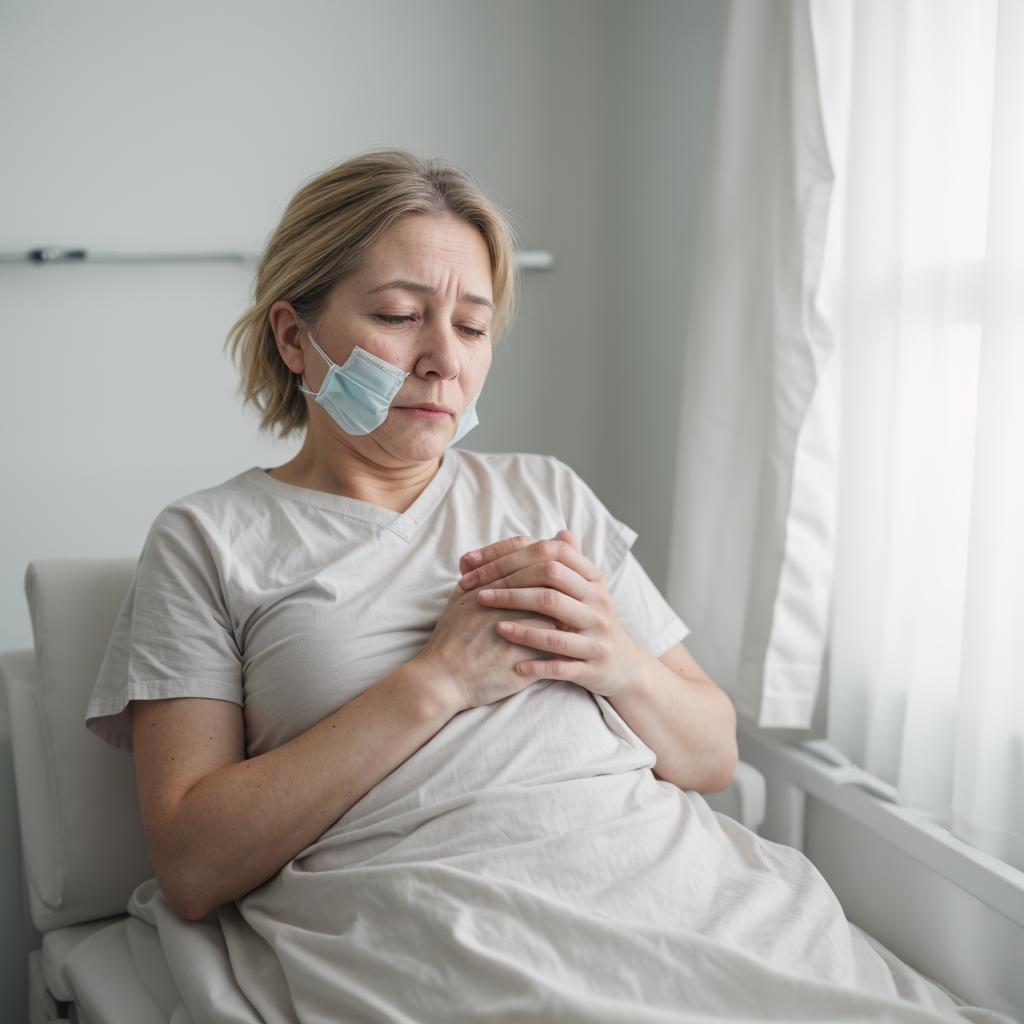
Mold allergies can be a significant source of discomfort and health issues for many individuals.
Mold spores are present almost everywhere, both indoors and outdoors, making exposure to them inevitable. However, for some people, exposure to mold can trigger allergic reactions ranging from mild symptoms like sneezing and itching to more severe respiratory problems. In this article, we will explore various treatment options and management strategies for dealing with mold allergies.

Treatment options
Allergy medications
One of the primary ways to manage mold allergies is through the use of allergy medications. Antihistamines, both over-the-counter and prescription-strength, can help alleviate symptoms such as sneezing, itching, and runny nose by blocking the effects of histamine released during an allergic reaction. Decongestants may also be useful in relieving nasal congestion caused by mold allergies.
Nasal corticosteroids
Nasal corticosteroids are another common treatment option for mold allergies. These prescription medications work by reducing inflammation in the nasal passages, which can help alleviate symptoms like congestion, sneezing, and itching. Unlike decongestants, which provide temporary relief, nasal corticosteroids offer long-term management of allergy symptoms when used regularly.
Immunotherapy
For individuals with severe mold allergies that do not respond well to medication, immunotherapy may be recommended. Immunotherapy, often referred to as allergy shots, involves administering gradually increasing doses of mold allergens to desensitize the immune system. Over time, this can reduce the severity of allergic reactions and may even lead to long-term remission of symptoms.
Management strategies
Reduce exposure to mold
Preventing exposure to mold is an essential aspect of managing mold allergies. This can be challenging since mold spores are ubiquitous, but there are steps individuals can take to minimize exposure:
Keep indoor humidity levels below 50% to prevent mold growth.
Use air purifiers with HEPA filters to remove mold spores from the air.
Regularly clean and vacuum your home to remove mold spores and prevent them from accumulating.
Use mold-resistant products in areas prone to mold growth, such as bathrooms and basements.
Monitor outdoor mold levels
Since mold is present outdoors as well, individuals with mold allergies should monitor outdoor mold levels and take precautions when levels are high. This may involve staying indoors with windows closed during peak mold seasons or wearing a mask when engaging in outdoor activities.
Seek professional help
If mold allergies are significantly impacting your quality of life despite treatment and management efforts, it’s essential to seek professional help. An allergist can perform allergy testing to identify specific allergens triggering your symptoms and recommend personalized treatment options.
While mold allergies can be challenging to manage, with the right treatment and management strategies, individuals can effectively alleviate symptoms and improve their quality of life. Whether through medication, immunotherapy, or environmental modifications, there are options available to help individuals with mold allergies lead healthier, more comfortable lives. If you suspect you have mold allergies, don’t hesitate to consult with a healthcare professional for guidance and support.



